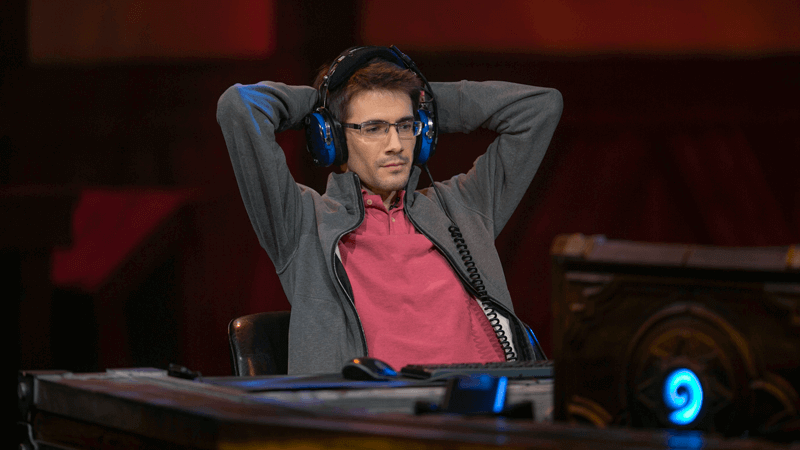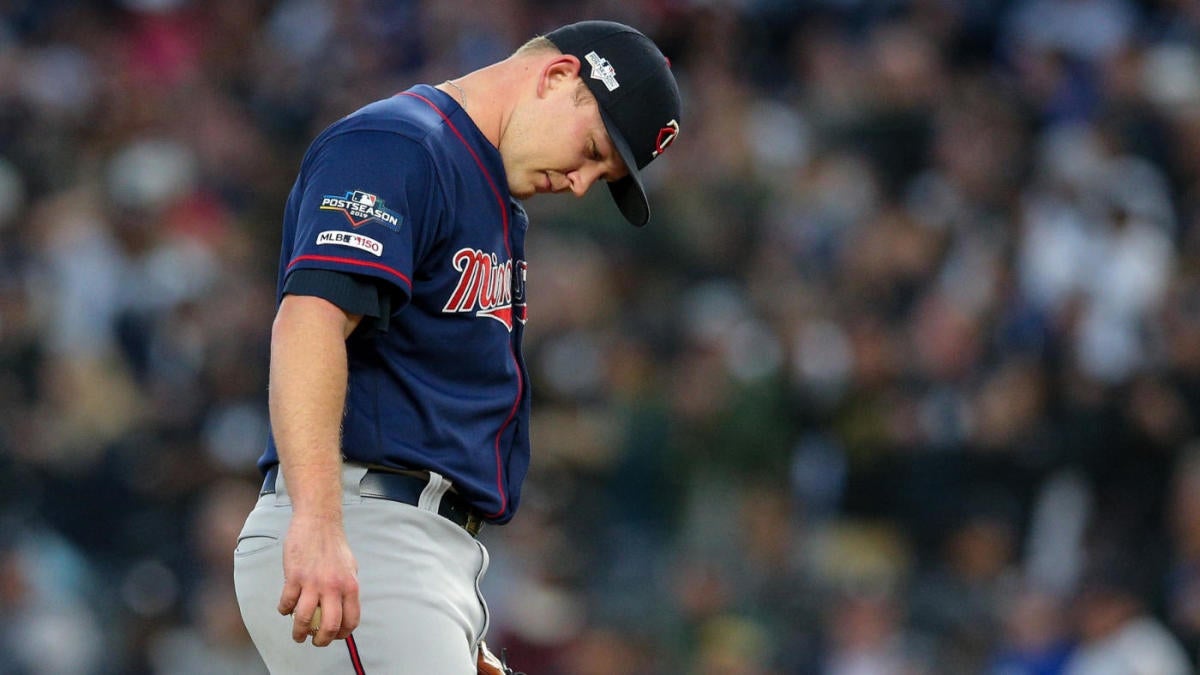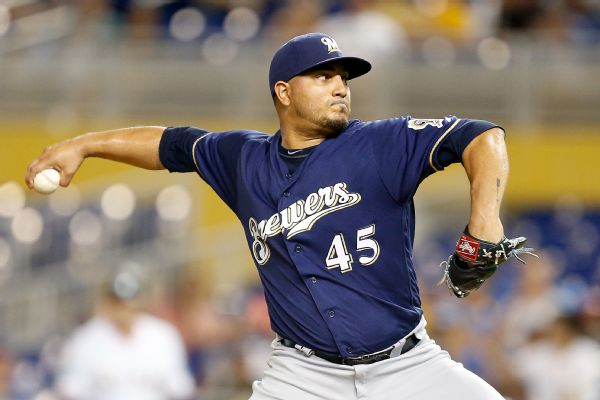Hearthstone
is a collective card game with over 100 million active users and a game I have
played since beta. The game has always been a hobby of mine that I have played
more-or-less of depending on my free-time. When Covid-19 hit and all sports
were postponed for the time being, I began to play more and more. With the
Ashes of Outlands expansion, I hit legendary, became more in-tuned to the
professional esports scene and now I find myself wanting to put my comments to
writing on just that. So, I present to you my initial reactions to the best
players of each region through the first two weeks of Grandmasters 2020 season
two, Hearthstone’s biggest esports competition outside of the World Championship,
as well as the best newcomer to season two.
Asia-Pacific
Tyler
I
would like to preface my observations by saying that each pick is not based on
the amount of points each player has or how many playoffs they have won through
the first two weeks. Rather, I made my observations based on overall win-rates
and how in-tuned each player’s decks seem to the meta. While Surrender has
played well and even won week two for APAC, Tyler has shown the most consistency
through two weeks. He has made it to both playoffs so far in Grandmasters with
a 5-2 record in swiss play. But Tyler doesn’t earn the spot solely because of
that. The decks that Tyler has brought seem much more in-line with the meta and
in some ways, have even set the meta. In week one, Tyler brought a weapon rogue
deck that has spiked in play by the competition after seeing his win rate with
the deck as well as its win rate on the ladder. Where Tyler falls short is his
neglect of Tempo Mage, or not bringing any Mage deck in general. I think we
have seen Surrender win because he brought the ideal lineup last week,
Druid-Mage-Rogue-Priest. If Tyler were to bring a Mage build instead, which has
appeared in almost every winner’s lineup for the first two weeks, I think Tyler
would possibly have won either of the first two weeks. That would have made no
doubt that the player who ranks first on the ladder consistently, the best so player
in APAC so far.
Europe
xBlyzes
I
really wanted to say Rdu because, as a fan of his, he does have the most
points, has won one playoff and appeared in another finals, Rdu has gone
through spouts of winning and losing in swiss play. Last week, he won his first
four matchups and followed it up with three straight losses. He was 4-3 in both
weeks of swiss play, and openly talked about his love of the Conquest format,
which makes me feel like he performed well in the playoffs because of his
expertise in Conquest, paired with an optimal lineup.
But
xBlyzes has played more consistent over the first two weeks, going 5-2 in both
swiss rounds, has been to two playoffs and won one. He would have been to two
finals if it was not for an Rdu-xBlyzes matchup in the first round of last week’s
playoffs, so the two have played almost identically. But xBlyzes has had more
consistency than Rdu in swiss and when watching him, it feels like Rdu is the
underdog whenever the two faceoff, which xBlyzes has the better winning
percentage in that matchup too.
Americas
Lnguagehackr
The
Americas has a lot of potential amongst its players. I personally think bloodyface
is the best Hearthstone player in the Americas and with a little more
consistency, he would have gotten the spot over Lnguagehackr. But Lnguagehackr
has been 5-2 at the end of both rounds of swiss, made the playoffs after going
2-0 in group play and made one appearance in the finals. He hasn’t been able to
finish it off yet, but with so much variance at the top of the Americas,
Lnguagehackr has had the most consistency atop the leaderboards, largely
because of his consistency in play. Eddie had a lot of high-rolls with his Turtle
Mage build, bloodyface has been up-and-down and then there has been too much
variance in the play of Muzzy and Frozen to consider them for this spot.
Best Newcomer
xBlyzes
If
xBlyzes is considered the best player in Europe, he has to be considered the
best newcomer. I won’t waste this space talking about him again. I mention him
as the best newcomer, but outside of xBlyzes, there really isn’t anyone that
has exceeded expectations or really impressed. The spot would have to go to
Bankyugi for his win in week one.





/cdn.vox-cdn.com/uploads/chorus_image/image/57198139/833098456.0.jpg)



/cdn.vox-cdn.com/uploads/chorus_image/image/62832598/usa_today_11454178.0.jpg)
/cdn.vox-cdn.com/uploads/chorus_image/image/61734185/usa_today_11299989.0.jpg)